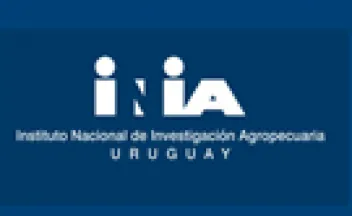Instituto Nacional de Investigación Agropecuaria
Biological control as a key tool for pest management in Uruguay forestry. [Resumen]

Commercial tree plantations cover around a million ha in Uruguay, mostly with stands of eucalypt and pine trees. Uruguayan forestry was relatively free of serious health threats until the end of the XX century. Beginning in the 90?s, both forestry area and international trade exhibited an exponential growth, soon followed by an increase of invasive insect records. More than half of the pests currently affecting Eucalyptus entered the country after 1995.
Bioecology and management of Leptocybe invasa in Uruguay.

The blue gum chalcid wasp, Leptocybe invasa Fisher & La Salle, 2004 (Hymenoptera:Eulophidae) is a pest native from Australia that causes economical losses in Eucalyptus plantations. It was first detected in 2011 in Uruguay. Damage resulting from L. invasa galls can be particularly severe in Eucalyptus nurseries and in young plantations. The use of biological control agents (BCA) and plant resistance have proven valuable tools in keeping L. invasa populations under control worldwide. To date, the bioecology and population dynamics of this pest in Uruguay is unknown.
P-FOR INIA:a smartphone app for pest management and reporting sanitary issues in commercial forestry.

TICs can be a great ally to deal with the global increase in pest and disease invasions in forestry, providing tools for early detection of health issues and allowing the deployment of management strategies. The pest and disease recognition smartphone app P-FOR INIA, has been available for 4 years for foresters, students and general public. Here we assess its potential as a tool for early alert of new sanitary issues in commercial plantations. The app contains a library, a symptom key, and a query module.
P-FOR INIA: a smartphone app for pest management and reporting sanitary issues in commercial forestry.

TICs can be a great ally to deal with the global increase in pest and disease invasions in forestry, providing tools for early detection of health issues and allowing the deployment of management strategies. The pest and disease recognition smartphone app P-FOR INIA, has been available for 4 years for foresters, students and general public. Here we assess its potential as a tool for early alert of new sanitary issues in commercial plantations. The app contains a library, a symptom key, and a query module.
Paginación
- Página anterior
- Página 80
- Siguiente página
